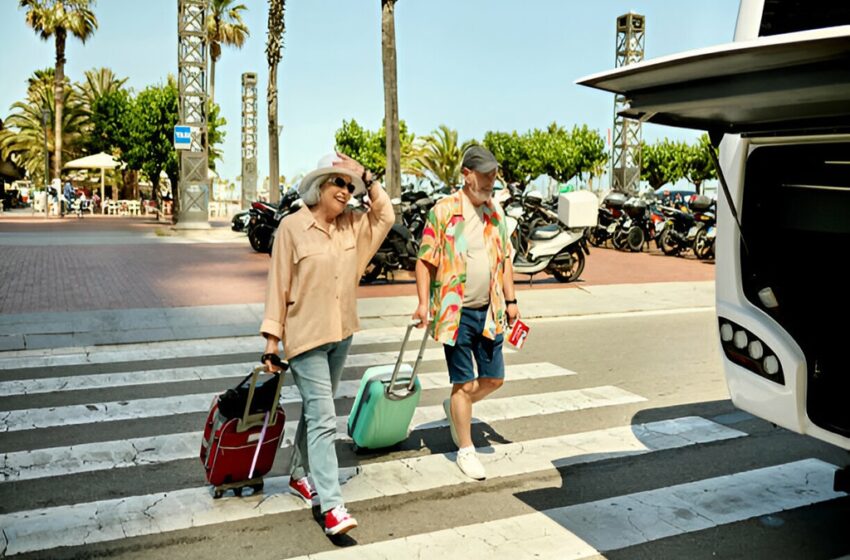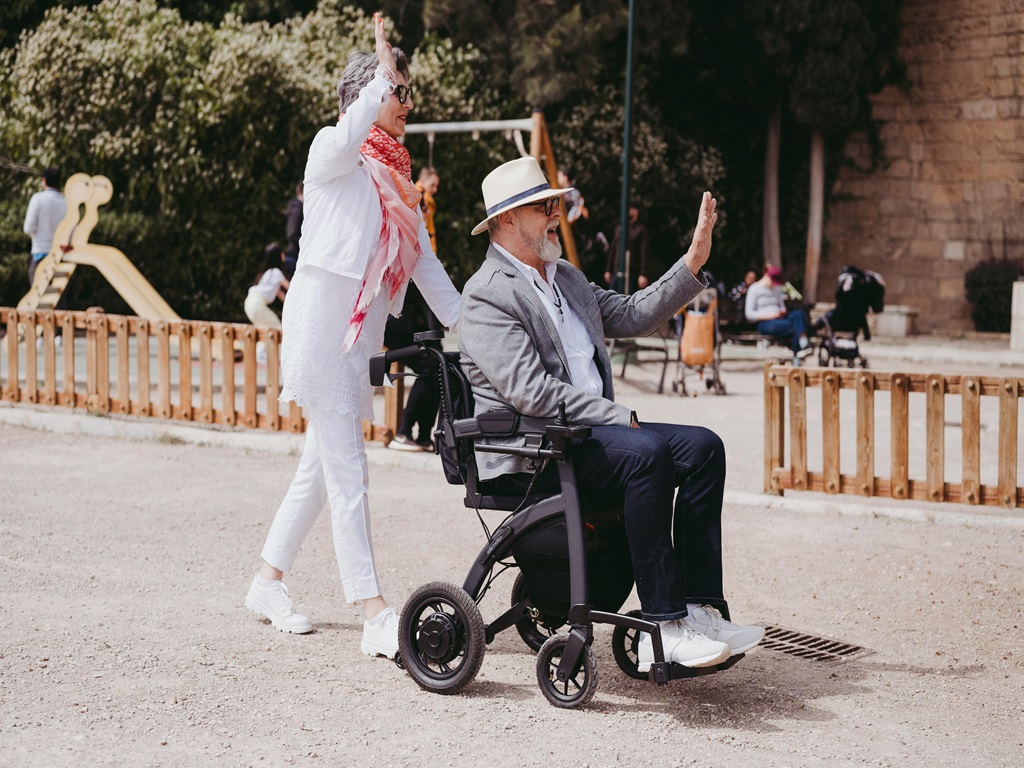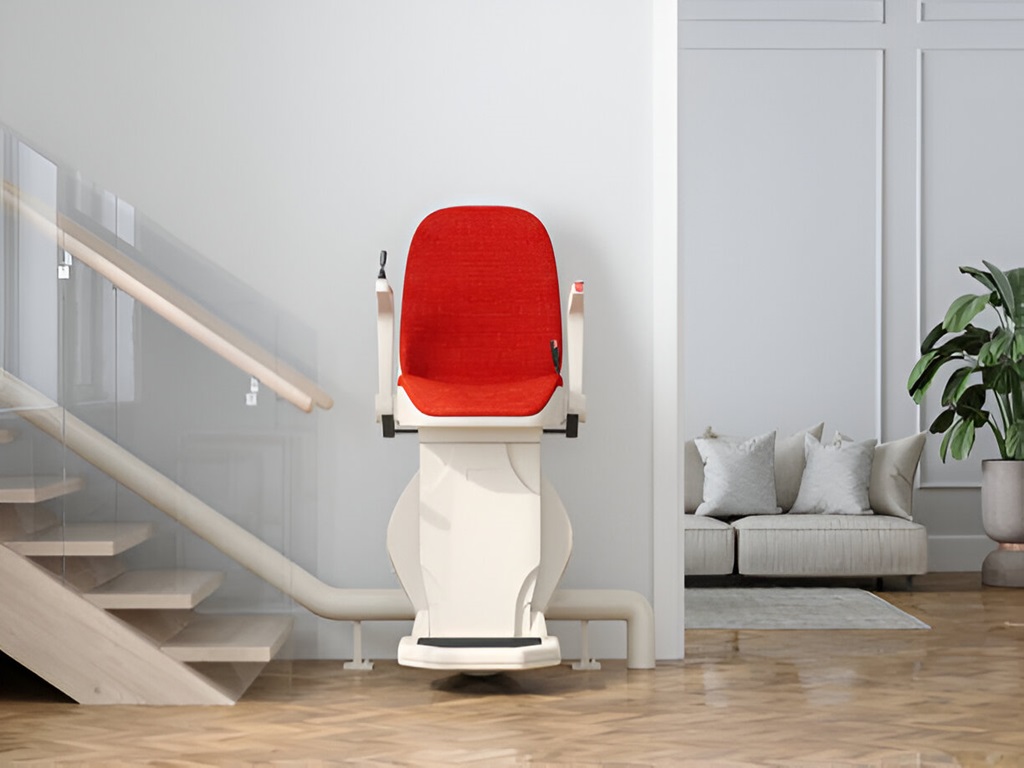
Safe and Comfortable Travel Tips for Older Adults
Traveling as an older adult can be an enriching experience, offering opportunities to explore new destinations, connect with loved ones, and create lasting memories. However, to ensure that travel is both safe and comfortable, it’s essential to consider factors such as health, mobility, and accommodation needs. With the right preparation and strategies, older adults can enjoy smooth and enjoyable trips without unnecessary stress or discomfort. This guide provides detailed tips for safe and comfortable travel, addressing key considerations that can enhance the travel experience for older adults.
Planning Ahead
Careful planning is the foundation of a successful trip for older adults. Begin by selecting a destination that aligns with your physical abilities and interests. Consider the climate, terrain, and available amenities at your chosen destination. It’s wise to opt for destinations that offer easy access to medical facilities, public transportation, and senior-friendly accommodations.
Health Considerations
Health is a top priority for older adults when traveling. Before embarking on your journey, schedule a visit to your healthcare provider for a thorough check-up. Discuss your travel plans, and ensure that any necessary vaccinations or medications are up to date. If you have a chronic condition, request an adequate supply of medications for the duration of your trip, as well as any additional prescriptions you may need.
Managing Travel Logistics
Travel logistics can be complex, but with careful preparation, older adults can navigate them with ease. When booking flights, opt for direct routes whenever possible to minimize the stress of layovers and transfers. If direct flights are not available, allow ample time between connections to accommodate potential delays and reduce the risk of missed flights.
Staying Comfortable During Travel
Comfort is key to an enjoyable travel experience, especially on long journeys. Dress in layers to accommodate changes in temperature, and choose clothing that is loose-fitting and breathable. Compression socks can help reduce the risk of deep vein thrombosis (DVT) during long flights, while comfortable, supportive shoes can prevent foot pain during extended periods of walking.
Safety Tips for Seniors
Safety is a paramount concern for older adults when traveling. Start by keeping your personal belongings secure. Use a money belt or neck pouch to store important documents such as your passport, identification, and credit cards. Avoid carrying large amounts of cash, and use credit or debit cards for transactions whenever possible.
Adapting to Time Zones and New Environments
Adapting to new time zones and environments can be challenging, especially for older adults. To minimize the effects of jet lag, gradually adjust your sleep schedule before your trip by going to bed and waking up earlier or later, depending on your destination. Once you arrive, spend time outdoors in natural light to help reset your internal clock.
Stay active during your trip to maintain your physical and mental well-being. Gentle exercise, such as walking or stretching, can help alleviate stiffness from long periods of sitting and improve circulation. Participating in local activities or tours can also enhance your travel experience and provide opportunities to meet new people.




